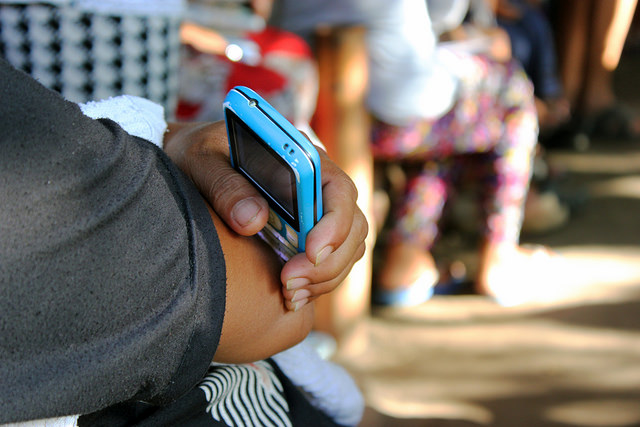The Hidden Cost of Digital Convenience
Editor's note: This blog is a cross-post from the NextBillion blog.

Imagine you had to attend a weekly meeting to make your credit card payments. In today’s fast-moving world where we expect instant gratification and convenience at all costs, this practice might seem unthinkable. However, informal microfinance groups which, among other things, involve regular group meetings are necessary financial tools in low-income communities across the globe, allowing those outside of the formal financial sector to access loans and to save. These groups are often built into an established social structure and provide a balance between structure and flexibility. Their success depends on regular meetings as well as social pressure and reminders from group members.
As technology advances, researchers and practitioners are exploring ways to leverage new technology to enhance the impact of these groups and understand the trade-offs involved in digitization. For example, BRAC, under its Innovation Fund for Mobile Money, has launched several initiatives to digitize client and staff services. CARE’s Impact Accelerator program is working to develop solutions that digitize elements of the training and group management process of their Village Savings and Loan Association. These tools have the potential to reduce costs and provide added benefits to clients, like establishing a formal credit history. But if so much of the group microfinance model relies on social elements, will the introduction of digital tools affect their success?
A new paper by Tomoko Harigaya, former IPA Philippines country director, provides insight into the potential pitfalls of digitizing traditional group lending models. She examines the effect of digitizing group microfinance transactions on the financial behaviors of members. With digital tools, group leaders stopped taking cash deposits during regular village meetings and instead directed members to make mobile loan payments, deposits and withdrawals through corner stores in village centers for small fees. This was intended to increase the convenience and flexibility of transactions and allow members to make savings and loan payments with privacy. The result, however, was a substantial drop in savings deposits and savings balances and an increased reliance on informal loans.
Harigaya suggests that the decline in savings as a result of digitizing deposits was driven by two observed changes: a reduction in group cohesion and sensitivity to transaction fees.
Digitizing deposits appears to have led to a reduction in group cohesion and a weakening of the positive social pressure to save.
Digitizing deposits appears to have led to a reduction in group cohesion and a weakening of the positive social pressure to save. Members who were introduced to the digital system reported attending fewer group meetings and had fewer interactions with other members and bank staff. The power of social pressure to encourage savings has been well documented here, here and here, and if digitization replaces the communal transaction process with more convenient but non-communal transactions, it may disrupt the social architecture that reinforces positive financial behaviors and makes informal microfinance groups effective.
Users also became more sensitive to transaction fees. After accounting for the travel expense of the member assigned to bring the collected payments to the bank after each meeting, the actual cost per transaction of the digital system fell. However, the results suggest that the digital system’s explicit transaction costs were more obvious to the user and that these small but more noticeable costs drastically decreased the frequency of savings deposits.
These results leave us with the question: How can digital innovations be leveraged to overcome the limitations of informal microfinance groups while preserving the mechanisms that make them effective financial tools for the poor? Research organizations like Innovations for Poverty Action are partnering with product designers and microfinance groups across the globe to answer that question, you can track our progress here.
Photo credit: David Batcheck












